Why Cybersecurity Matters
Digital threats are evolving faster than ever, making cybersecurity an essential part of everyday life in 2025. The consequences of a breach are severe, including financial loss, identity theft, and lasting harm to reputation. Individuals and organizations must be proactive, not reactive, in defending their data and privacy.bestructured
Recognizing Today’s Threats
The Most Common Cyber Risks
To protect your digital life, knowing current cyber threats is crucial:
-
Phishing and Social Engineering: Attackers use convincing emails or messages to trick users into revealing sensitive data or downloading malicious code. Modern phishing employs AI, making messages harder to distinguish from genuine ones.bestructured
-
Ransomware: The occurrence of ransomware attacks continues to rise, with criminals encrypting victims’ data and demanding payment for release. These attacks often target backup systems, intensifying their impact.bestructured
-
AI-Powered Attacks: Cybercriminals now leverage AI to create deepfakes, automate hacking attempts, and bypass traditional security controls.sentinelone
-
Supply Chain and Cloud Exploits: Many breaches occur through vulnerable third-party vendors or poorly secured cloud platforms.bestructured
Building a Digital Defense Strategy
Essential Tools and Methods
A robust approach requires using layered cybersecurity controls and practicing safe habits:
-
Multi-Factor Authentication (MFA): Always enable MFA to require a second method of identity verification, reducing risk when passwords are compromised.bestructured
-
Endpoint Detection and Response (EDR): Protect all devices with EDR solutions that monitor activity and can respond rapidly to threats.bestructured
-
Firewalls and Secure Networks: Configure firewalls to block malware and unauthorized intrusion attempts on all networks and devices.carbidesecure
-
Regular Security Audits: Test your defenses using vulnerability scans and penetration testing to discover weak spots before attackers do.bestructured
-
Data Encryption: Encrypt sensitive files both at rest and in transit. Encryption makes stolen data unreadable to hackers.forbes
-
Network Segmentation: Separate critical systems and data from general access to limit the spread of malware inside your network.bestructured
-
Incident Response Planning: Maintain an actionable response plan to manage and recover from breaches efficiently.bestructured
Building Human and Technical Resilience
Staying Ahead with Awareness and Training
Technology alone cannot guarantee protection. Developing a “security-first” culture is vital:
-
Continuous Security Awareness Training: Educate all users on spotting suspicious activity, avoiding phishing, and practicing good password hygiene.bestructured
-
Secure Public Assets: Regularly monitor and protect websites and public-facing resources against domain hijacking or spoofing.bestructured
-
Update and Patch: Keep systems, devices, and applications updated to close vulnerabilities exploited by attackers.sentinelone+1
-
Cloud Governance: Apply consistent security policies across all cloud platforms, including encryption and multi-factor authentication.sentinelone
-
Threat Intelligence Sharing: Stay informed of emerging threats by collaborating within industry networks or using automated alert feeds.sentinelone
Conclusion
Securing your digital life means deploying strong technical defenses and nurturing continuous cybersecurity awareness. Regular updates, layered protection, and a readiness to respond rapidly are the keys to thriving in today’s digital world. Prioritizing these essentials places you one step ahead of evolving threats and protects what matters most.carbidesecure+2
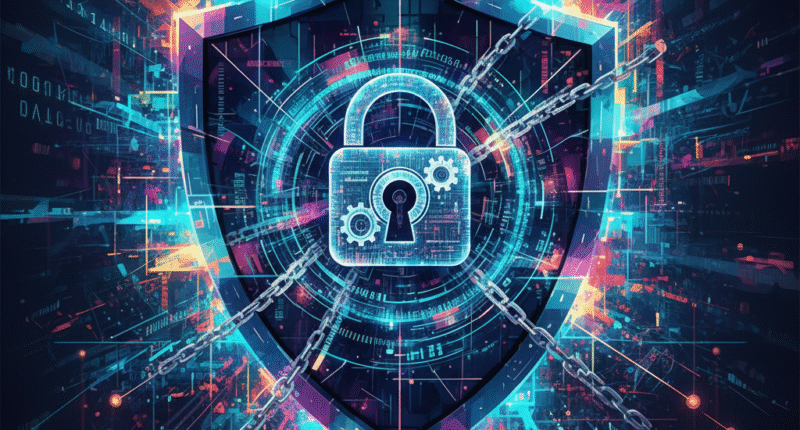



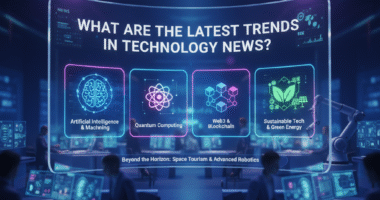

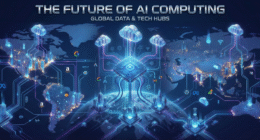
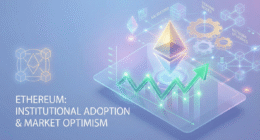

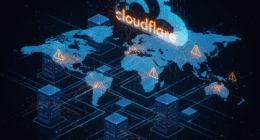
5 comments
Ok think
Have a good idea
Thanks for the article.
Thank you.
Caution should always be exercised.